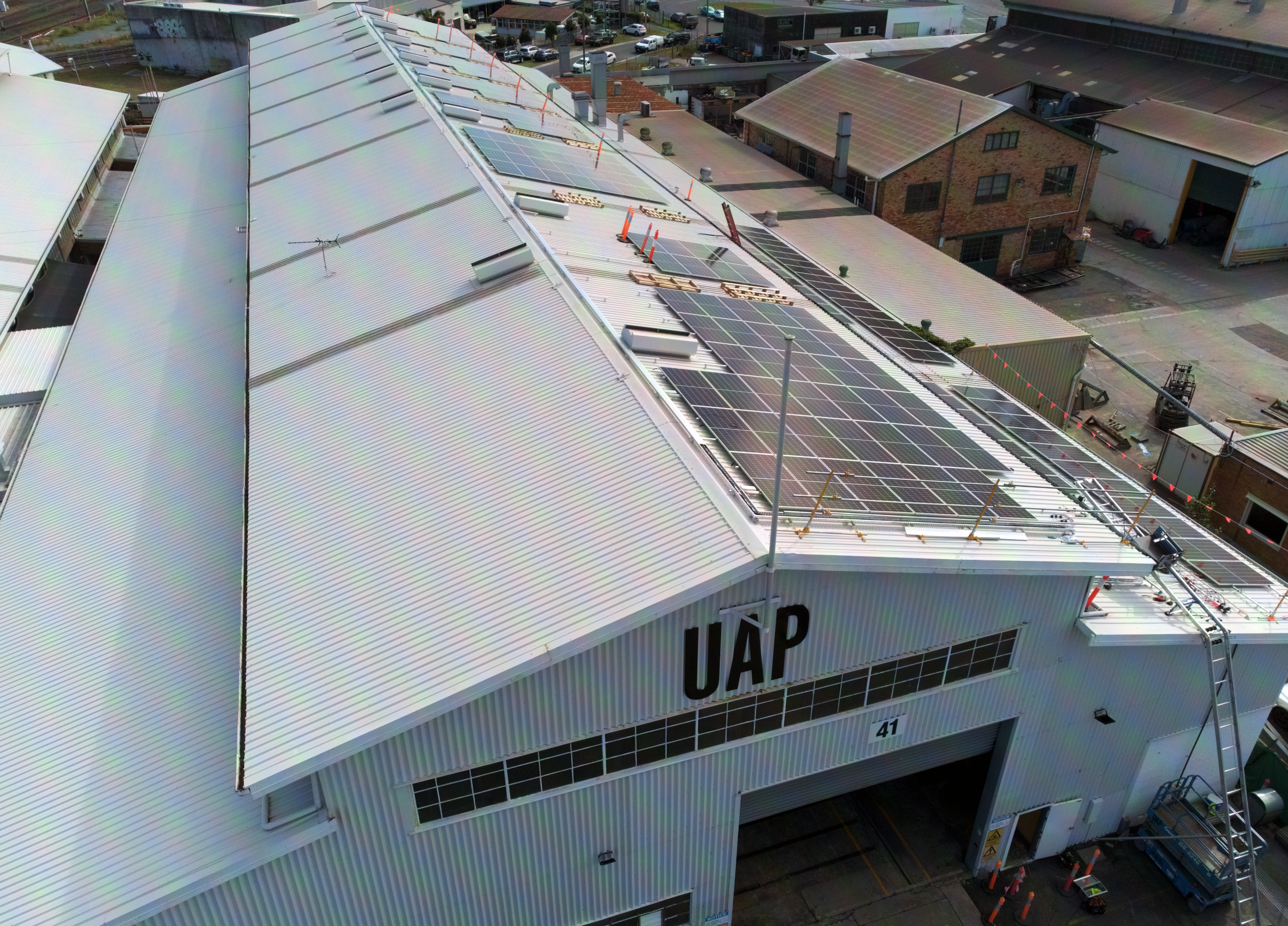07 May , 2024
Shaping Sustainability in Art Making with the Artwork Ingredient List
In 2010, The Guardian explored the intricate web of environmental impacts through their Green Living blog, offering estimates for everyday activities like consuming a banana, drinking coffee, manufacturing a four-door sedan or sending emails. The concept of a “carbon footprint” emerged as a metaphor, encapsulating various entities’ comprehensive climate change influence, be it an activity, an object, a lifestyle, or even an entire country.
Fast forward to the present, where our team at UAP, a global art consultancy and manufacturing company, partners at Griffith University, Future Normal, Carbon Footprint, and dedicated clients collaborated on a groundbreaking initiative called the Artwork Ingredient List. This visionary project, born from our organization’s sustainability strategy, One Earth, strives to understand the emissions produced in creating artworks, minimize their carbon footprint, and develop more responsible art manufacturing strategies. Recognizing the pivotal role of the art industry in shaping a sustainable future, UAP aims for a more dynamic sustainability agenda, incorporating systems thinking and eco-efficiency.


Aligned with the UN Sustainable Development Goal 12, which focuses on responsible consumption and production, the Artwork Ingredient List serves as both a predictive and summative tool. According to Professor Nick Barter, co-founder of Future Normal, an advisory and consultancy business and advisor to UAP on sustainability, the tool provides predictive estimates on labour, materials, energy, and emissions, enabling informed decisions throughout the production lifecycle.
Professor Chris Fleming, co-founder of Future Normal and UAP’s sustainability advisor, envisions the tool’s evolution, with future iterations incorporating water and plastic packaging considerations. The collaboration extends beyond the art realm, as UAP worked with Carbon Footprint to develop a product foot-printing tool. This tool calculates all carbon emission inputs in artworks, adhering to ISO 14067:2018 and the GHG protocol, utilizing emissions factors from internationally recognized sources.
Understanding consumption and production is made more accessible by adopting an ingredient-label approach for an organization’s products and services. While commonplace for food and clothing, this practice of transparency is less prevalent in the art world. The advantage of ingredient lists lies in informing clients about the product’s origin, carbon emissions, and end-of-life options, like whether to repair, reuse, recycle, or return to the artist or maker.
The overarching purpose of this meticulous process is to document the materials and energy used in creating each art project. This documentation enhances awareness of the environmental impact and empowers the artist, the artwork’s commissioners and UAP to take proactive measures to reduce these impacts.
With the launch of The Global Co-commission, ‘A Feral Commons,’ spearheaded by Alserkal Advisory in collaboration with the Global Cultural Districts Network (GCDN), we are excited to use this initiative as a platform to use the Artwork Ingredient List. The tool addresses many areas of sustainability, engagement and shared responsibilities. The tool signifies a stronger voice for the art industry in sustainable development, offering a key solution to help reduce carbon emissions. We are excited about the collaborative effort between artists and clients towards sustainability. This initiative aims to promote eco-efficiency and responsible production in the art world, which is a great step towards a brighter future. We understand that achieving net zero is challenging, but any progress we make towards this goal is a step in the right direction.
Written by Gilbert Gauring, Urban Art Projects (UAP)
